Waterproofing Solutions for Building Protection
Waterproofing is a crucial process that prevents water infiltration in structures, protecting foundations, basements, roofs, and other vulnerable areas. Proper waterproofing extends the lifespan of buildings, reduces maintenance costs, and safeguards property value. The effectiveness of waterproofing depends on the materials used, installation methods, and timing.
Waterproofing shields structures from water damage, mold, and structural deterioration. It is essential in areas prone to heavy rainfall or moisture exposure.
Common types include liquid membrane, sheet membrane, cementitious coatings, and bituminous coatings, each suited for specific applications.
Materials like asphalt, rubberized membranes, polyurethane, and cementitious compounds are used to create effective barriers against water.
Costs vary based on the area to be covered, material choice, and complexity of the installation. Proper timing can optimize expenses.
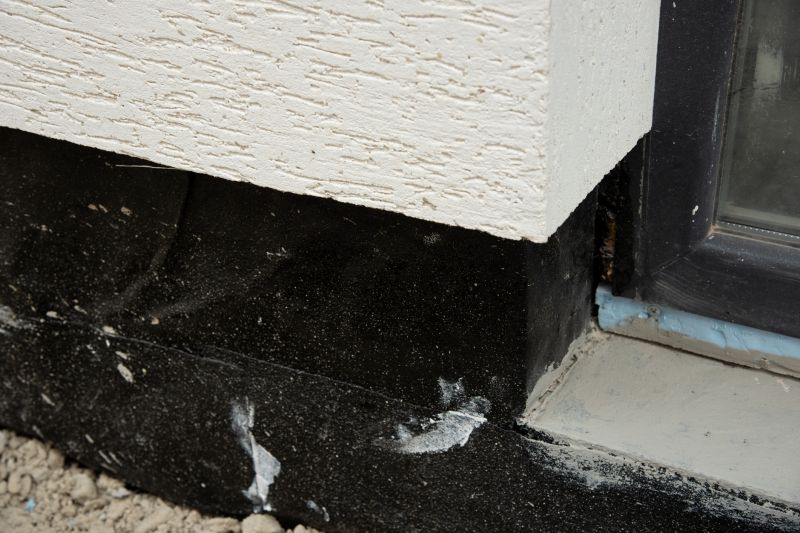
A professional applying waterproofing membrane on a foundation wall.

Close-up of roof joint sealing with waterproofing materials.
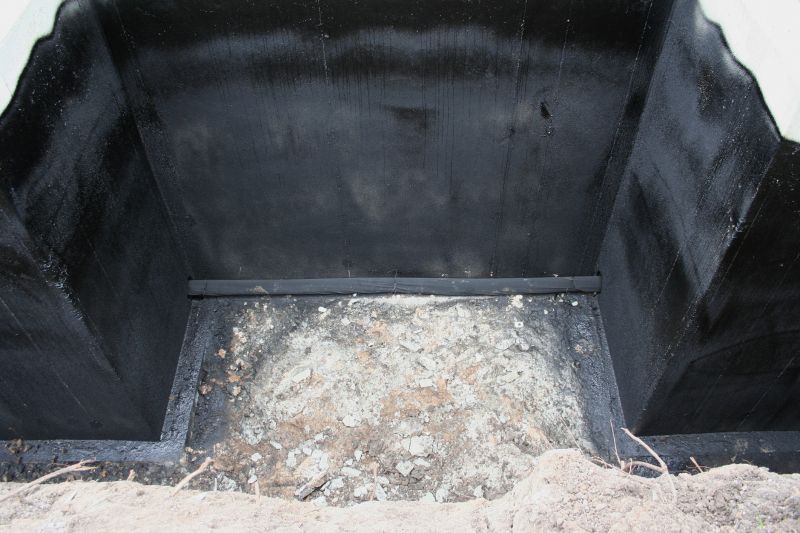
Interior basement wall with waterproof coating.

Ways to make Waterproofings work in tight or awkward layouts.
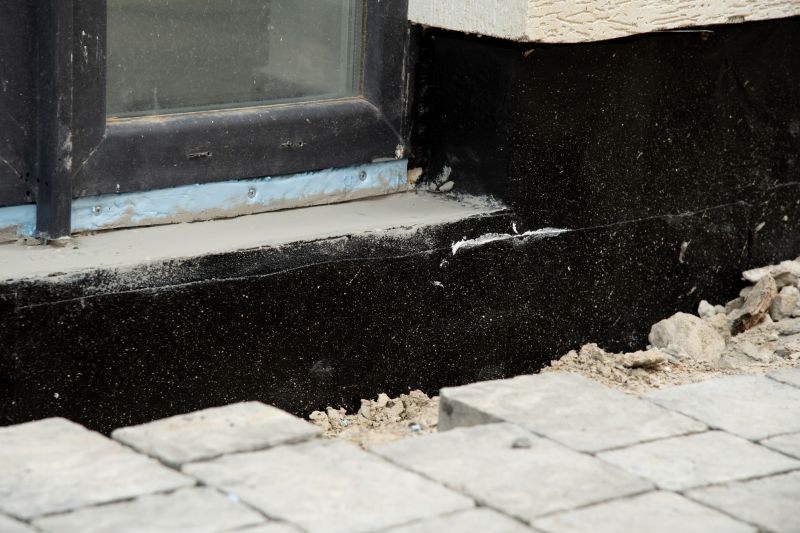
Popular materials for Waterproofings and why they hold up over time.
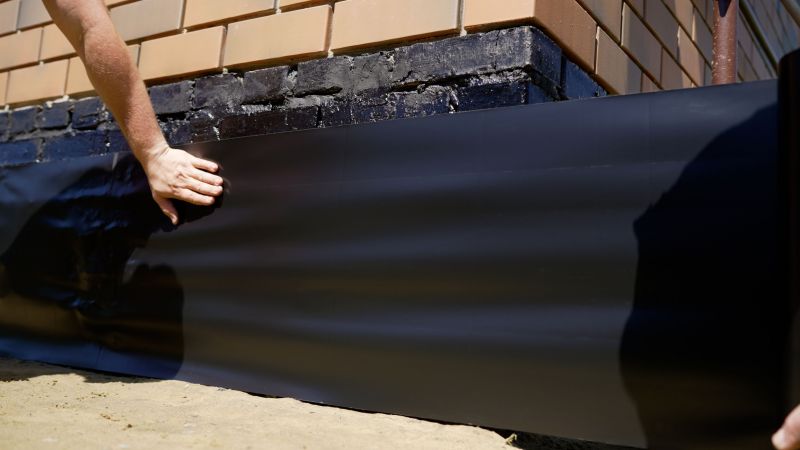
Simple add-ons that improve Waterproofings without blowing the budget.
| Best Time for Waterproofing | Details |
|---|---|
| Spring | Ideal for exterior waterproofing before heavy rains begin. |
| Summer | Suitable for interior waterproofing projects, especially in dry weather. |
| Fall | Prepares structures for winter, preventing freeze-thaw damage. |
| Early Winter | Good for sealing and touch-ups before cold weather sets in. |
| Late Winter | Less ideal due to potential freezing conditions, but possible with proper planning. |
Waterproofing is most effective when performed during specific seasons that favor material curing and adhesion. Spring and fall are generally considered optimal for exterior applications, as weather conditions are mild and conducive to proper installation. Summer can be suitable for interior waterproofing projects, especially in regions with dry climates. Timing waterproofing before the onset of heavy rains or winter freezes helps prevent water intrusion and structural damage.

Applying waterproof coating on a foundation exterior.
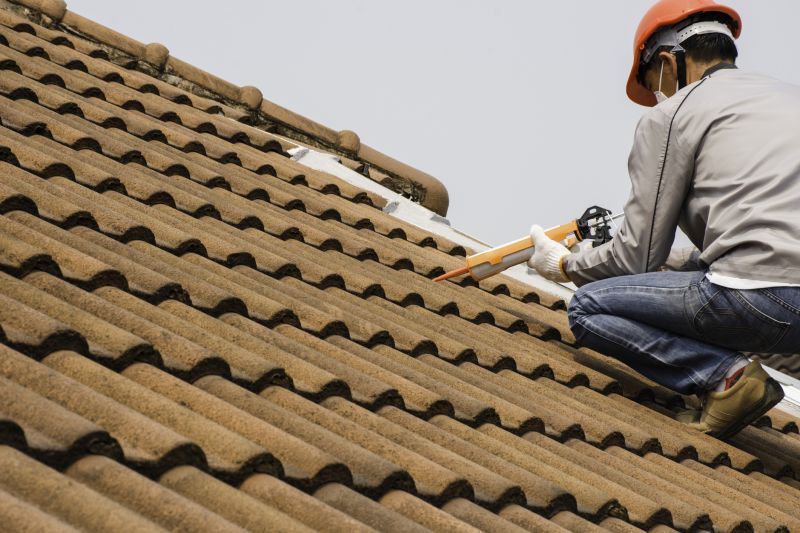
Sealing roof joints with waterproof materials.

Interior basement wall with waterproof sealant.
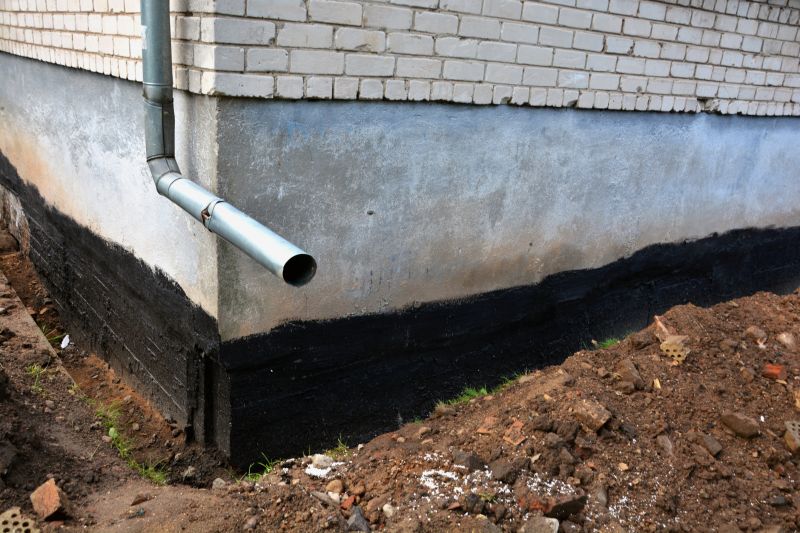
Installation of drainage systems to complement waterproofing.
Selecting the appropriate time for waterproofing depends on the specific project, climate conditions, and material requirements. Proper planning ensures long-lasting protection against water damage, helping maintain the structural integrity of buildings in Portsmouth, OH. If interested in waterproofing services, filling out the contact form provides a convenient way to initiate a consultation.

